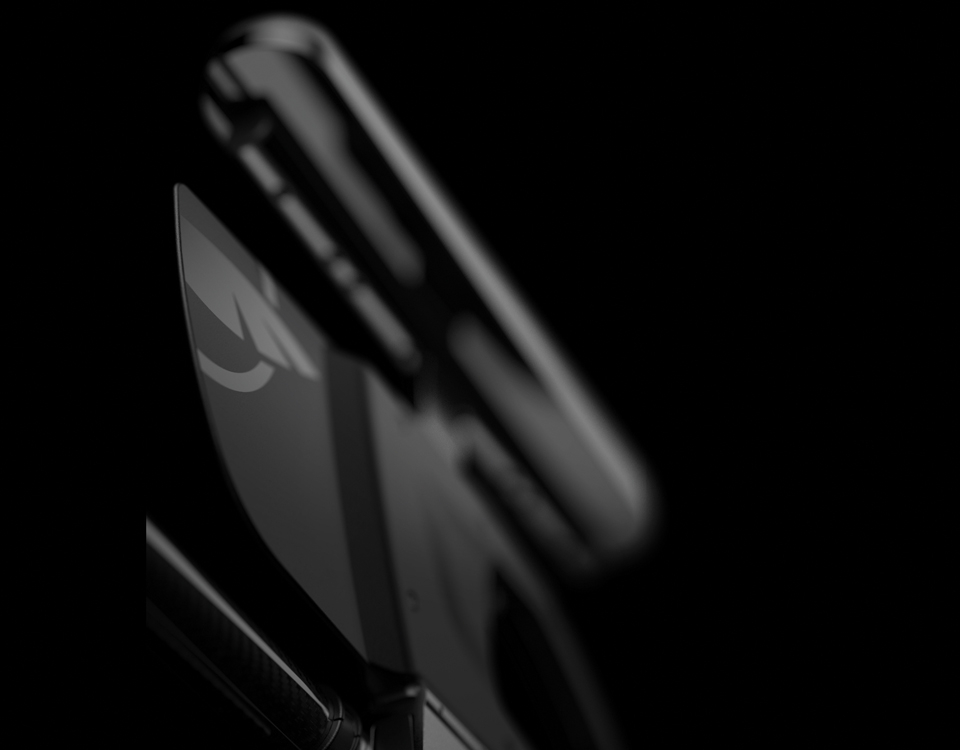Armrests: Getting the Support You Need
Armrests for a wheelchair may seem like a simple accessory, but there are a variety of styles that can be selected. When choosing the armrest style, consider transfers, weight shifting, positioning and comfort.
Armrests for a wheelchair may seem like a simple accessory, but there are a variety of styles that can be selected. When choosing the armrest style, consider transfers, weight shifting, positioning and comfort.
When used for functional tasks, the height of an armrest should be tall enough to provide adequate support through the users elbows and forearms without forcing the shoulders into elevation. If armrests are being used to assist with transfers or weight shifting, you should consider if the user is placing all or a portion of their body weight onto the armrest. The armrests should be strong and stable enough to support the user.
Armrests can also be used to attach other accessories such as a tray or other add-on devices, such as communication devices or other positioning accessories. Be sure to select an armrest with an appropriate configuration. The hardware and materials for the support pad, must be durable enough to withstand the specific way they are being used.
Since the height of an armrest is important for positioning and transfers it is necessary to know if the user will require them to remain one height or if the height will need to be adjusted based on the activity. This will determine if a fixed height or height adjustable model is required, armrest can range between 8-14” in height.
The length of the arm pad of an armrest determines the support provided. Desk length, approximately 10”, allows for the user to pull up closer to a desk or table but has less support surface. A full-length arm pad, approximately 14”, provides more support and will come more forward on the wheelchair.
If armrests are not needed for support or function, a wheelchair user may choose to omit armrests. If they are not going to be used functionally there is no reason to add additional weight to the wheelchair. Don’t assume all users need them - armrests are a commonly removed by the user because they weren’t a necessary option. Some users may want the option to remove their armrests during a certain activity, so they should be easily attached and detached when required. There is a wide variety in the style of armrests available and each has individual features which can make it the proper choice for the user:
Attached to the frame of the wheelchair with one post (which creates a T shape). Typically, fully removeable for transfers, and either fixed height or height adjustable. Based on the design, they usually incorporate a built-in panel that acts as a sideguard.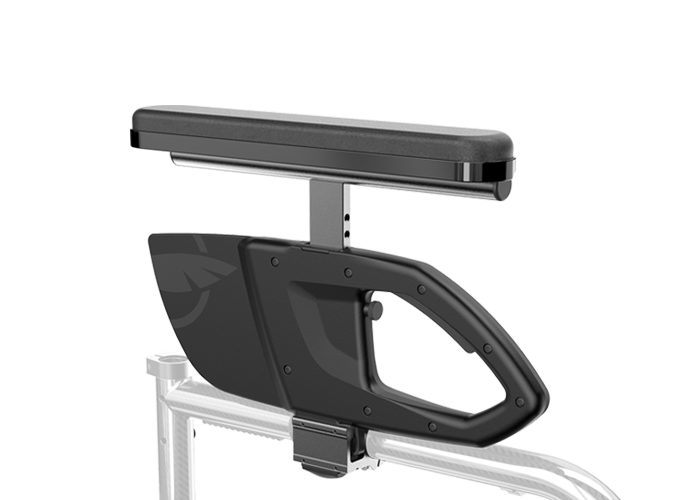
Similar to a T-Armrest, these armrests have two points of attachment: one at the front to secure the armrest and one at the rear for the hinge point so the armrest will pivot out of the way for transfers. One benefit of a flip-back armrest is they remain attached to the wheelchair during transfers, allowing for easy re-attachment. Flip-back arms usually have options for fixed height or height adjustable.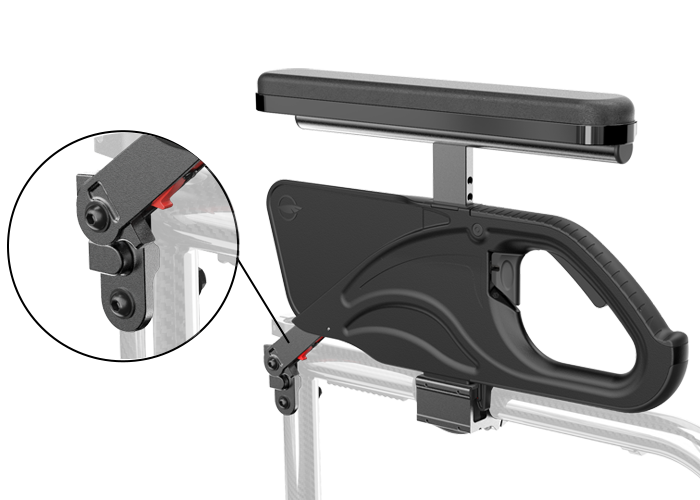
Some T-Armrests can be converted to flip-back style if the user’s needs change. It usually requires application of additional parts that can be easily installed by a supplier. This gives you the option for versatility over time.
Cantilever armrests are usually available on pediatric chairs, where space for mounting accessories on the frame is limited. They bolt or clamp onto the back post and easily flip back for transfers and self-propulsion.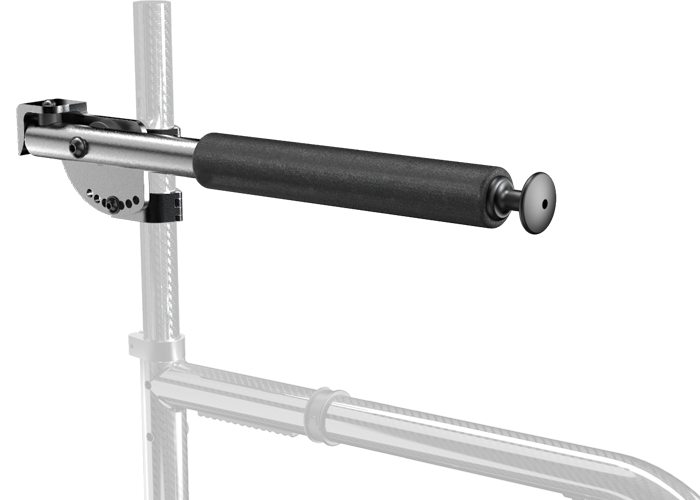
Having an aesthetic open design, tubular armrest may still be used for positioning, transfers and weight shifts. The attachment point for tubular armrests is on the back canes or rear seat rail. They can swing out to the side and are fully removeable. Height adjustability is typically possible but may require tools and is not able to be done on the fly. Due to their minimalist design, sideguards are often added to the wheelchair to prevent clothing from touching the rear wheels.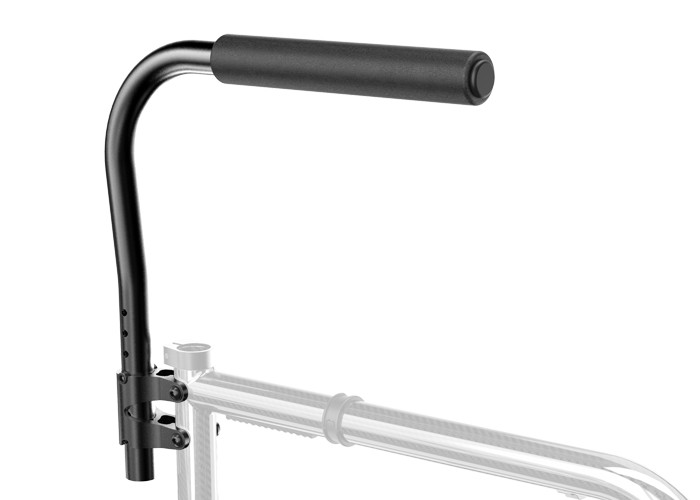
Selecting the correct armrests can be determined by the wheelchair users specific needs and can play an important role in positioning and function.
Check out the Motion Composites Options and Accessories Guide to see all of the innovative armrests available which combine adjustability, functionality and durable, lightweight design. Feel free to connect with your local rep or your local provider to learn more.
